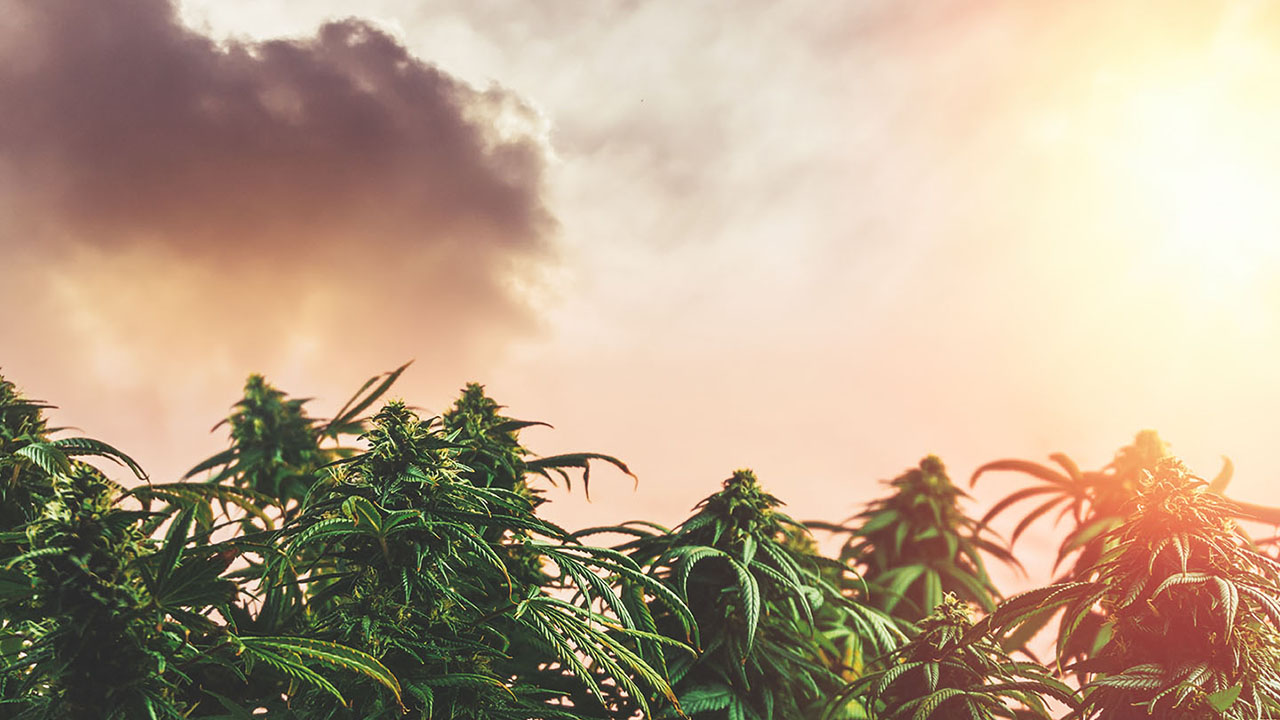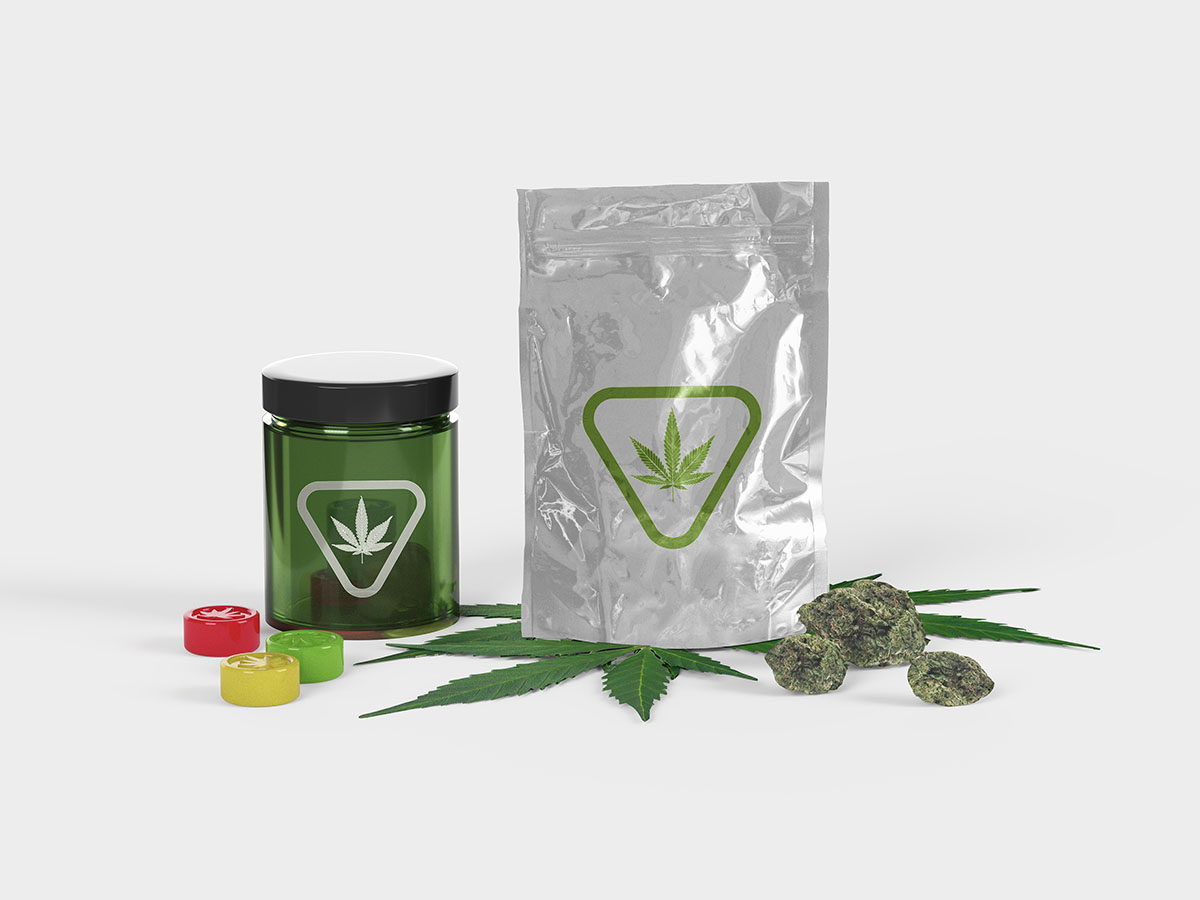.jpg)
How Long Do Edibles Take to Kick In?
November 06, 2023
Cannabis edibles might be one of the most famous ways of consuming cannabis–everyone knows the brownie edible depicted in our favorite cannabis-friendly movies and shows. And that’s just the tip of the edible iceberg. More and more types of edibles are coming out every year, including savory snacks like popcorn, crackers, pretzels and more. There are a few things cannabis newbies should know, though, and that’s why we’ve created this guide. If you've ever wondered why edibles take their time to kick in, what happens in our system, and how to make the most of your edible experience, we’re going to give you all the answers.
How Do Edibles Work?
Edibles, in the form of cannabis-infused food or beverages, contain cannabinoids, such as THC and CBD. When you smoke, those cannabinoids are created during the process of decarboxylation. When you consume an edible, however, it travels through your digestive system and is metabolized by the liver. This process converts THC into 11-hydroxy-THC, which gives you the potent psychoactive effects you expect from your cannabis. The onset and duration of the edible experience depend on this intricate process.
Why Do Edibles Take Longer to Feel Than Smoking?
The delayed onset of an edible’s effect is a common question among cannabis consumers. Unlike smoking or vaping, which deliver cannabinoids directly into the bloodstream via the lungs, edibles must go through the digestive system. This journey significantly extends the time it takes to feel the effects. While smoking offers a rapid onset, typically within minutes, edibles require much more patience. They can take anywhere from 30 minutes to 90 minutes to kick in. The variation depends on multiple factors, including your metabolism, the contents of your stomach, and the specific edible consumed.
How Long Does It Take for Edibles to Work?
The time it takes for edibles to kick in varies among different cannabis enthusiasts but generally falls within the range of 30 minutes to one-and-a-half hours. The absorption rate differs depending on factors like metabolism, body composition, and the presence of other food in your stomach. Because these can all be factors in feeling the effects of your favorite edible, you want to make sure you wait a couple of hours before taking a second dose of edible.
How Long Do the Effects of Edibles Last?
Once edibles take effect, you might notice they last much longer than the effects of smoking or vaping. While the psychoactive effects from inhaling your cannabis might last for a couple of hours, an edible’s potency can persist for 4 to 12 hours, depending on various factors. Make sure you factor in the day’s plans before enjoying an edible, so you’re not stuck at home while you wait for the effects to wear off.
What Other Factors Affect How Edibles Work?
We say in every guide—everyone is different. Your endocannabinoid system is unique to you, so you will experience cannabis in a way that’s unique to you too. That said, there are several factors to consider when understanding how edibles affect your system:
Type of Edible
The type of edible you consume can affect how long it takes to feel the effects and the strength of those effects. Some edibles, like gummies or candies, may have a quicker onset but less potent effect. In contrast, edibles like brownies and other baked goods might be slower to cause an effect, but they can be more potent.
Stomach Contents
Your stomach's contents play a significant role in how edibles are metabolized. Having a meal in your stomach can slow down the metabolization of the cannabinoids, potentially prolonging the onset time. It’s also possible that having a fatty meal may create an enhanced experience because cannabinoids like to bind to lipids (fats).
Tolerance
Your cannabis tolerance also impacts how intensely you feel the effects of edibles. If you have a higher tolerance due to regular cannabis use, it may seem like you need a significantly higher dose to feel anything. If this is the case, you should take a tolerance break to let your endocannabinoid system recalibrate to lower doses of cannabis.
Tips for Taking Edibles for the First Time
Ready to take the first bite of an edible? Here’s a couple things to keep in mind as you get used to this new method of consumption:
- Start Low: When trying edibles for the first time, it's advisable to start with a low dose. While you can microdose a milligram or so, many first-timers may find that a low 3-5 mg of THC is an appropriate starting point. It's easier to increase the dose gradually if needed rather than trying to reverse the effects of overconsumption.
- Be Patient: Patience is key when consuming edibles. It's tempting to eat more if you don't feel the effects immediately, but this can lead to overconsumption—which is going to be a bad time. Wait at least 2 hours before considering a higher dose, as edibles can have a delayed onset.
- Pick the Right Setting: Choosing the right setting for your edible experience can greatly influence your comfort and enjoyment. Opt for a relaxed, familiar environment and be in the company of people you trust.
Choosing Edibles for You
With a vast array of edibles available, selecting the right one for you may take some trial and error, and that’s okay. Start by considering your preferred method of consumption, flavor, and desired effects. Whether you're drawn to sweet treats, savory snacks, or beverages, there's an edible option to suit your preferences. Then, understand the nuances of how edibles work and how long they take to kick in. And of course, if you’re not sure, you can always ask a budtender.
Please consume responsibly. This product may cause impairment and may be habit forming. There may be health risks associated with consumption of this product. State laws impact what dispensaries can and can’t sell to recreational customers and medical marijuana patients. Not every type of product, consumption method, dosage form, or potency mentioned on this blog will be permitted in all locations.






